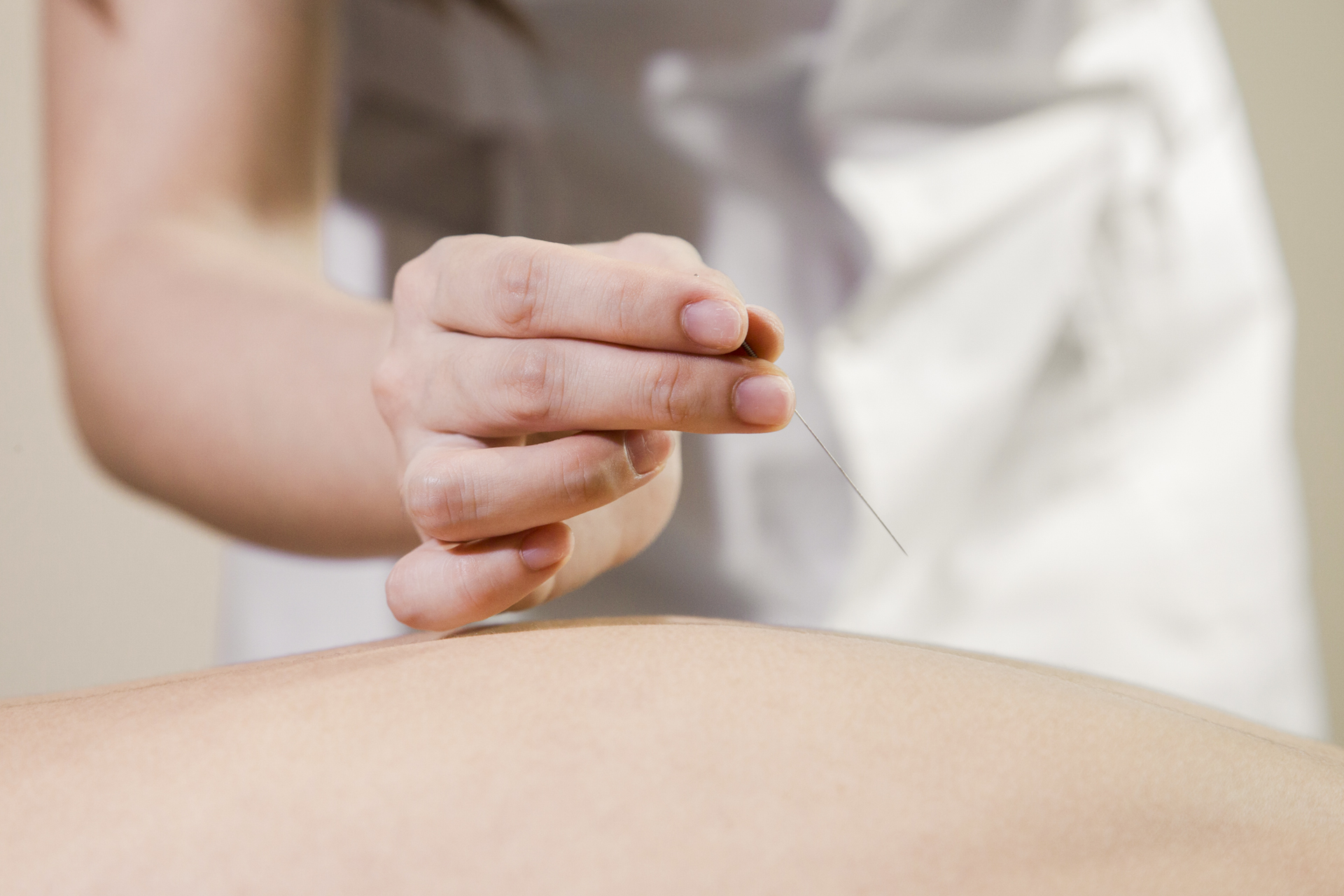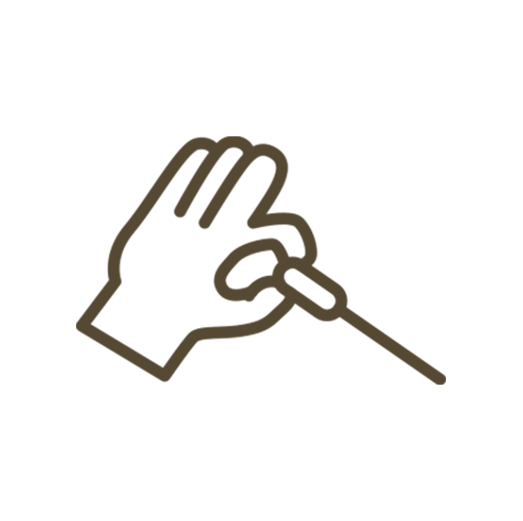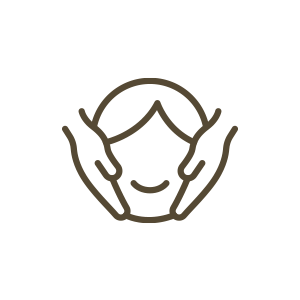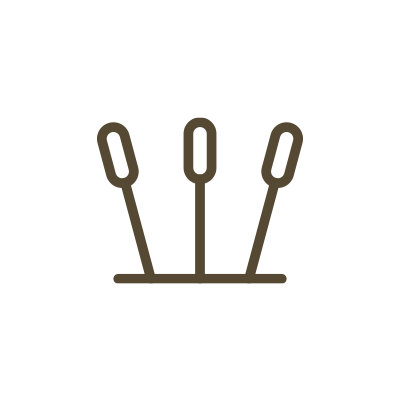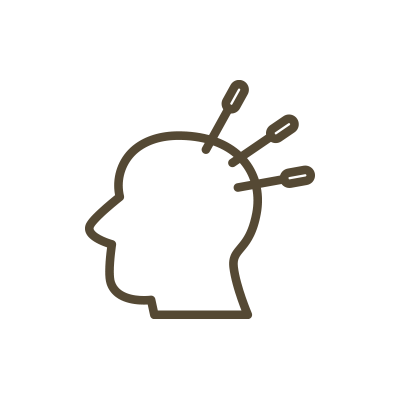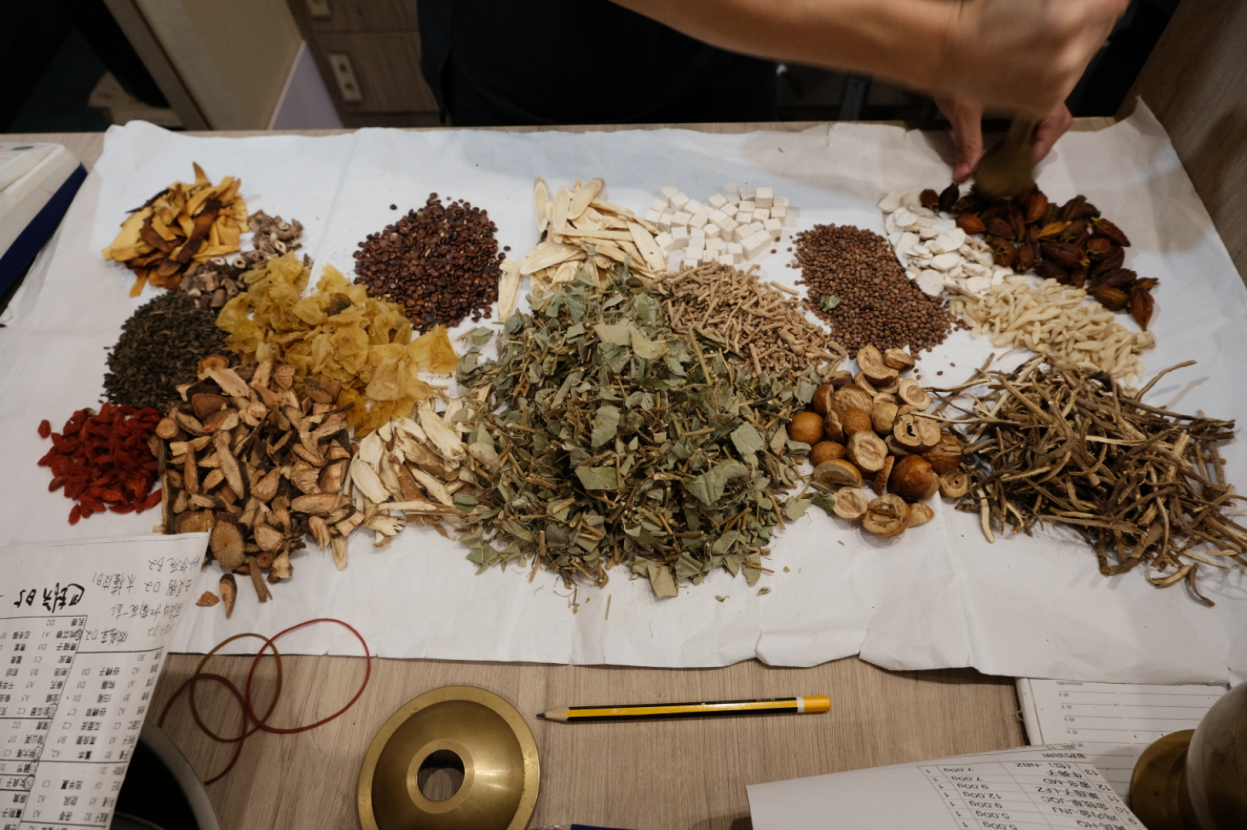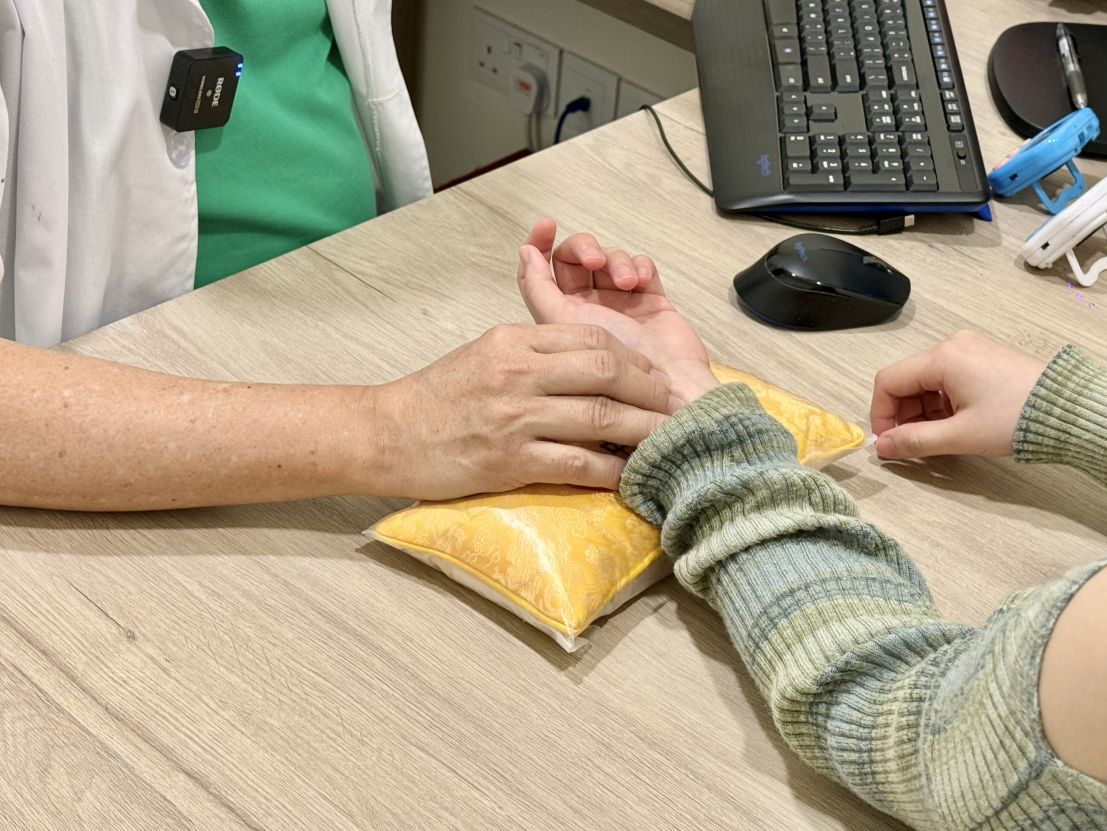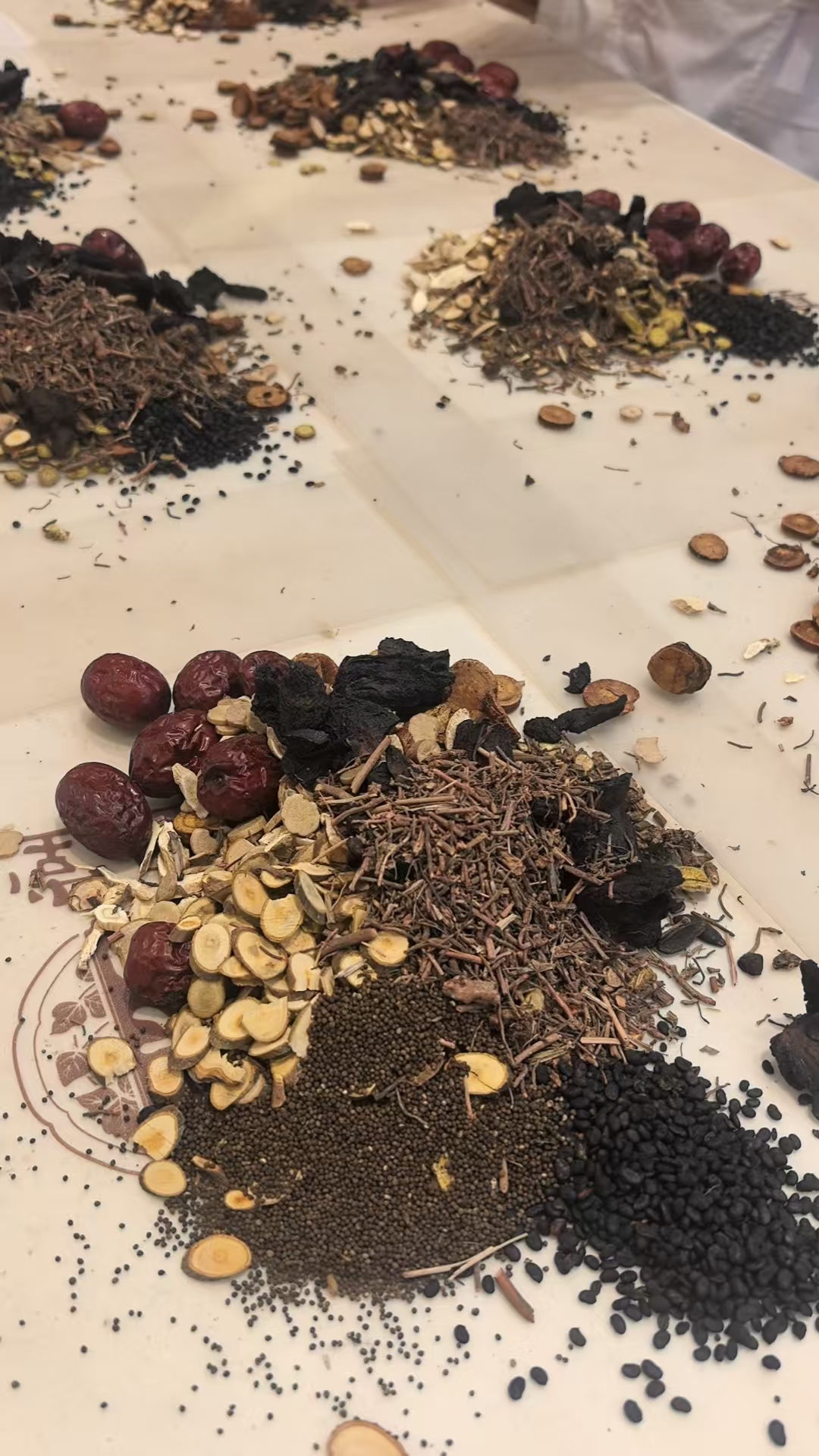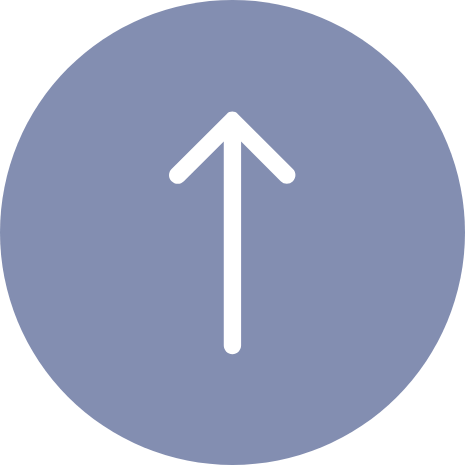Acupuncture is generally safe when performed professionally and according to standards. However, improper techniques, inadequate sterilization, or lack of practitioner experience may lead to risks such as infection, bleeding, or fainting. Key risk factors include technique, individual differences, and hygiene conditions, which should be mitigated by seeking treatment from licensed institutions and practitioners.
Acupuncture typically requires multiple sessions to take effect, but the exact number depends on factors like individual constitution and severity of the condition. Mild cases may show improvement in 1-2 sessions, while severe cases or those with weaker constitutions may need 2-5 sessions. Chronic conditions might require multiple treatment courses.
Acupuncture treatment emphasizes "pattern differentiation and treatment," which involves comprehensively understanding the patient's constitution, condition, and etiology to develop a personalized treatment plan. Pulse-taking (pulse diagnosis) and tongue examination (tongue diagnosis) are core components of TCM pattern differentiation, aiming to provide precise guidance for acupuncture point selection, techniques, and treatment duration.
Children can receive acupuncture treatment, but it requires careful evaluation based on age, condition, and constitution, and should be performed by a professional practitioner experienced in pediatric acupuncture.
Acupuncture stimulates the central nervous system, prompting the release of chemicals into muscles, the spinal cord, and the brain, thereby triggering a series of metabolic responses. These reactions help enhance the body's natural healing abilities, improving both physical and mental health, with particularly notable effects in pain relief, reducing inflammation, and promoting recovery.
Whether acupuncture needles can transmit diseases depends on the hygiene protocols and sterilization measures during the procedure. When strict aseptic techniques are followed, acupuncture is very safe.
The sensation of pain during acupuncture treatment varies from person to person and is closely related to the practitioner's skill, needle selection, acupoint location, and the patient's tolerance. In most cases, properly administered acupuncture causes minimal or even no noticeable pain.
The duration of acupuncture effects depends on multiple factors, including the type and severity of the condition, treatment plan, individual constitution, and follow-up care, making it impossible to generalize.
As a relatively safe treatment method, acupuncture has a low incidence of side effects. Common side effects include mild pain, local bleeding, or bruising.
People who are not suitable for acupuncture mainly include: pregnant women (specific areas), patients with bleeding disorders, those with skin infections or ulcers, individuals with severe chronic diseases, those prone to fainting during acupuncture or experiencing extreme nervousness, etc. Acupuncture requires assessment based on individual health conditions and is not suitable for everyone—professional judgment by a licensed practitioner is necessary.
Our acupuncture sessions start at $36+, with the exact price depending on the complexity of treatment and individual needs.

